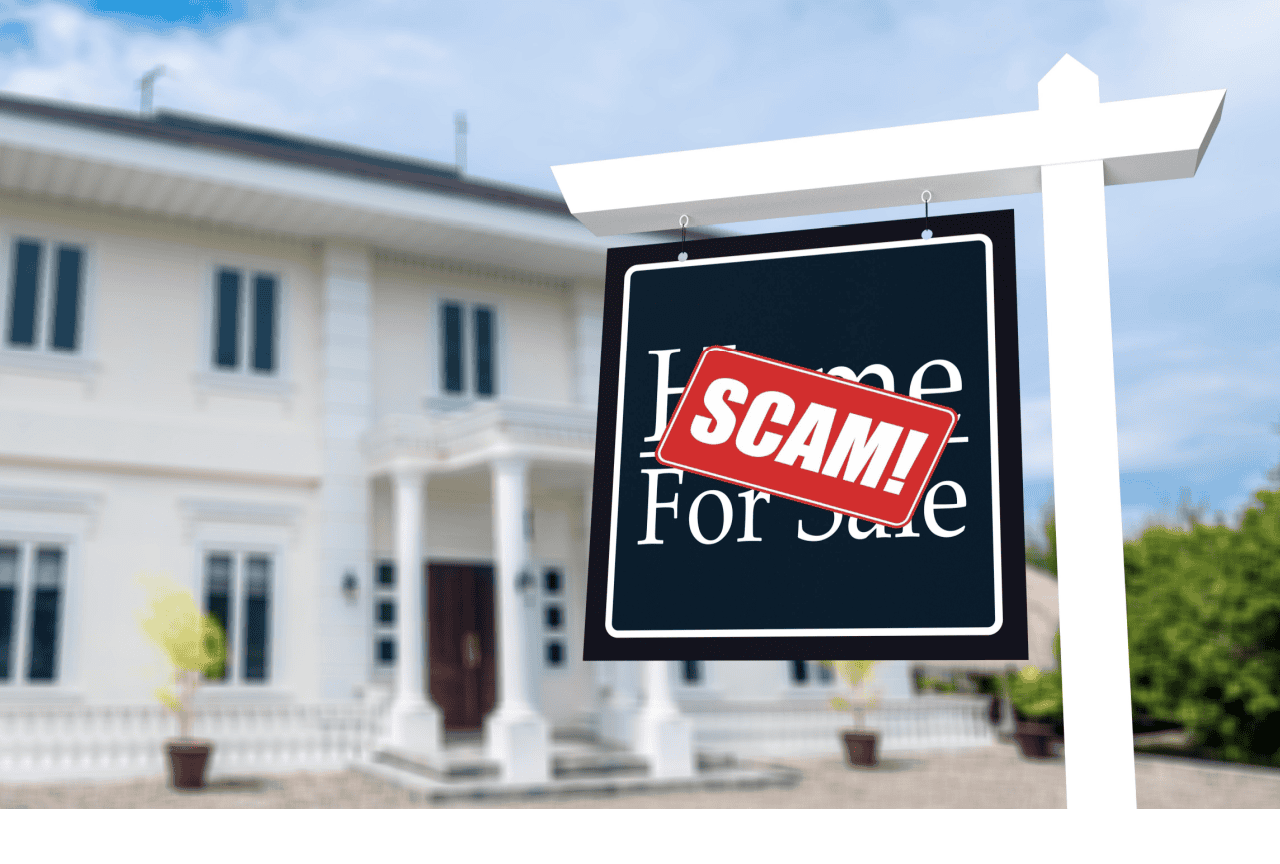The Changing Tides of Lease Renewal Improvement in Multifamily
Operators are now seeing that improving how resident communication is directly correlated to lease renewals and how long residents will choose to stay at their property.

While many communities have found innovative ways to attract new residents and satisfy current residents, the day will come when an individual heavily considers moving on to another property. However, operators are looking for new ways to sway a resident’s renewal decision in an effort to increase renewal rates and keep residents within their ecosystem.
According to internal data from Nurture Boss, nearly 60 percent of residents will move out when their initial lease is up. Although modern residents have their reasons for moving out –moving to a new city, upgrading to a single-family home or simply wanting different apartment features and amenities – it’s worth building relationships with residents from the very beginning, before they even move in. Not only will establishing a meaningful relationship with prospective residents escalate the likelihood of them signing a lease, it will also enhance the chances of them choosing to renew their lease agreement when the time comes.
Implementing an effective strategy that facilitates hyper-personalized and consistent communication and marketing practices helps to establish that relationship with residents earlier on in the customer lifecycle. Once a lease is signed, some communities may halt communicating with residents until it’s time to renew, but this strategy causes them to lose out on potential renewal opportunities. After all, the manner in which operators communicate with prospective residents and current residents alike influences their decision when signing a lease or renewal.
“The biggest impact on renewals continues to be the communication between residents and onsite teams,” said Tony Sousa, vice president of operations at RPM Living. “The pandemic seemed to have amplified the residents’ expectation of receiving personalized communication on a frequent basis in the manner that they prefer, and we’ve found it’s that consistent, customized messaging that really strengthens the relationship between the residents and onsite teams.”
In an effort to replace the antiquated communication and marketing tactics operators previously turned to, a number of them are opting to implement leasing and renewal conversion automation tools. Having a relationship with onsite teams and receiving personalized communication is vital to a residents satisfaction with the community in which they live.
Need a Lease Agreement?
Access 150+ state-specific legal landlord forms, including a lease.
Operators are now seeing that improving how they communicate with residents is directly correlated to how long they will choose to stay at their property. Enhancing resident communication efforts and crafting more customized messaging not only strengthens relationships, but it incentivizes residents to sign a renewal.
“The more you engage with your residents and provide them with the information that pertains uniquely to them, the probability that they will renew their agreement significantly rises,” said Lindsay Duffy, director of marketing and training at Western Wealth Communities. “Connecting with residents and maintaining those relationships is essential for properties to be successful and automation has allowed us to never miss a beat and keep those channels of communications open and fluid.”
Engaging with residents at multiple touchpoints throughout their journey provides operators with the information necessary to message residents regarding the areas that they show the most interest in. Automation allows for the augmentation of communication in ways never seen before and that undisputedly leads to both higher lease and renewal conversion rates. Of course there’s still a human component that impacts resident satisfaction but automation certainly fills in the gaps and facilitates the communication when onsite teams simply cannot.
Despite having the most knowledgeable and experienced teams available, there is just not enough time in the day to respond to every inquiry that comes into a community and automation ensures a timely response no matter how or when a resident reaches out.
“The golden rule is to respond back swiftly and in a way that the residents choose, which is generally the same way they reached out to us,” Sousa said. “Email still accounts for a large percentage of our communication but text messaging is definitely gaining traction. Either way, automation makes it possible for us to contact each and every lead and create a bond with them, not just with onsite associates but the entire community. Once that relationship exists, the chances of a resident renewing skyrockets.”
Great communication is no longer a bonus attribute of a community, it’s now an expectation of residents. Operators that utilize the technology available to communicate in an ongoing fashion typically see higher retention rates. Effective communication is key to maintaining resident satisfaction and optimal occupancy rates, and even if it’s not at their current property, truly satisfied residents will at least consider a community’s sister property.
“Creating a consistency of communication is of paramount importance to meeting the expectations of both prospects and residents, “Duffy said. “It really opens up a channel for us to continue that personalized interaction with them regularly and gain tremendous insights as to what they’re looking for in a community.”
Automation gives way to an efficient, centralized mode of communication and marketing that continues to engage residents throughout their entire life cycle at a community. It also helps leasing teams establish relationships with residents up front and set the foundation needed to increase renewals and maintain long-term residents.
Source: Rental Housing Journal















 Accessibility
Accessibility